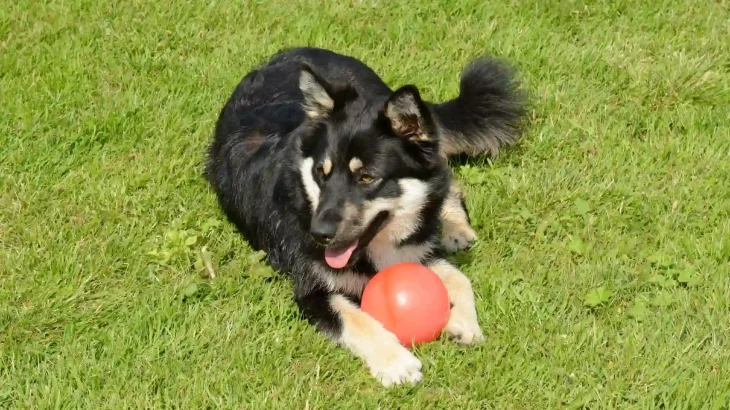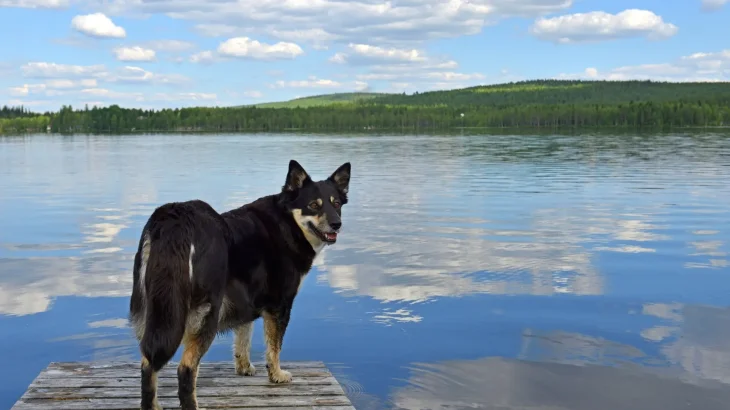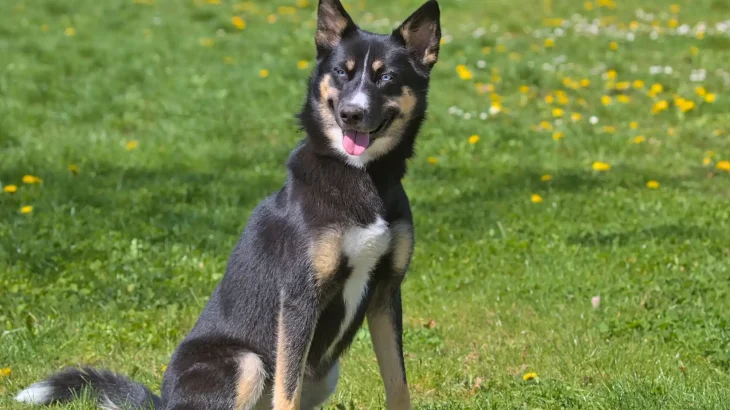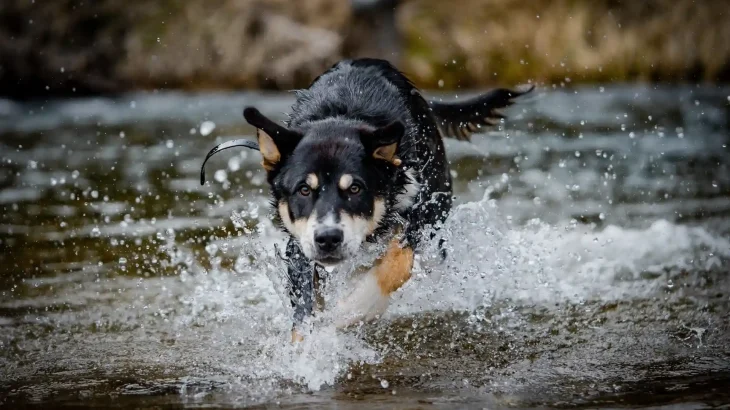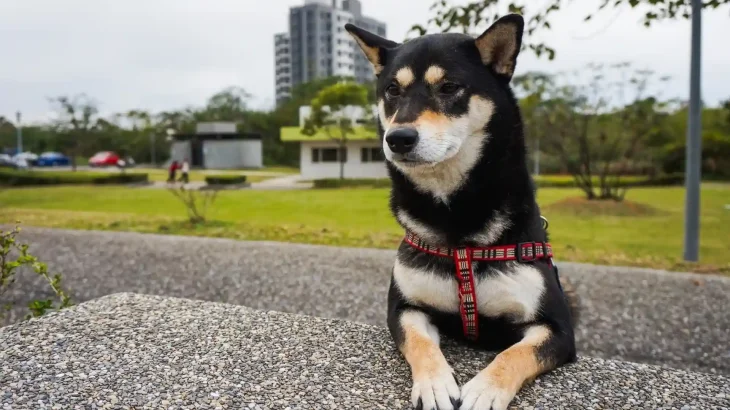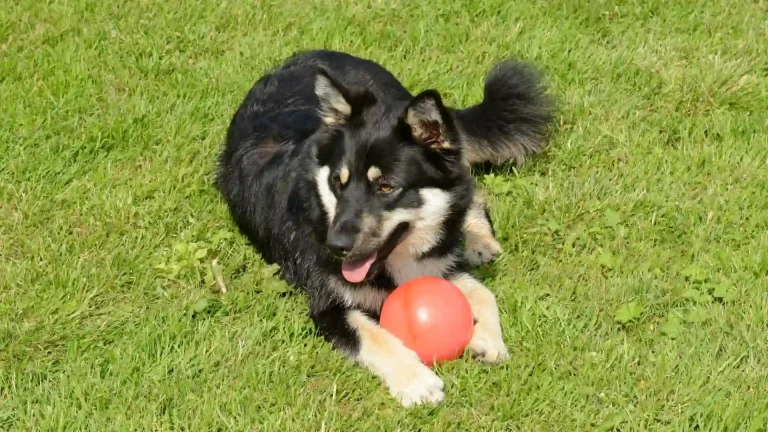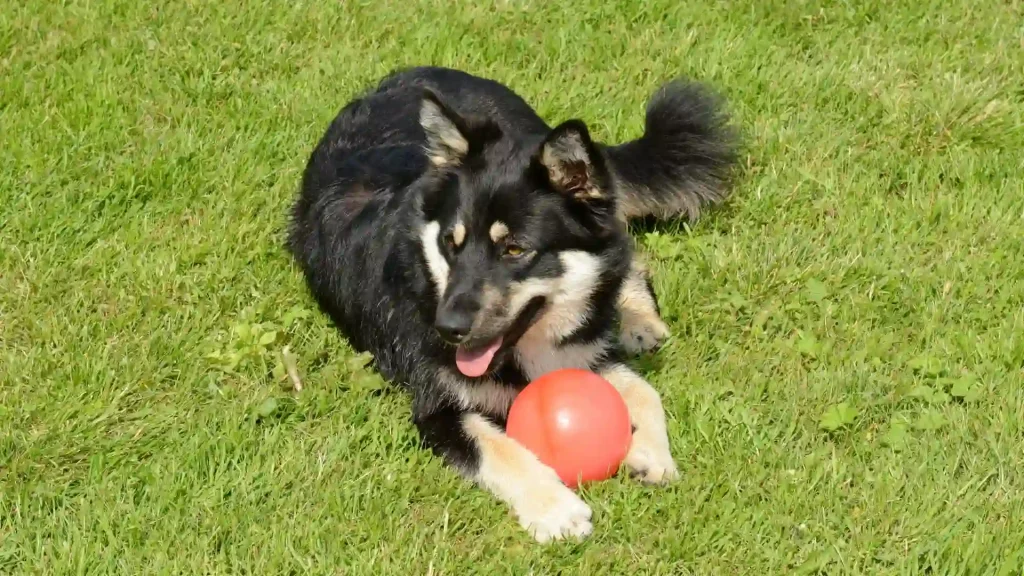When considering insurance for a Lapponian Herder, pet insurance helps manage unexpected veterinary costs and offers peace of mind. This breed, known for its strength and active lifestyle, can face health issues or accidents leading to costly treatments. Insurance helps owners prepare financially, covering many costs from illness, injury, or liability. Policies vary, so understanding coverage and owner responsibilities is important. Below are key aspects of pet insurance for Lapponian Herders to help you make informed choices.
Health and Surgery Coverage
Pet insurance often covers illnesses, accidents, tests, treatments, and surgeries. For a Lapponian Herder, often active, this coverage can ease expensive vet bills. Advantages include financial relief and access to quality care. Drawbacks are waiting periods, limits, and exclusions like pre-existing conditions. Routine care usually isn't covered, so some costs remain out-of-pocket.
Liability Coverage
Liability insurance protects owners if their dog injures someone or damages property. Though Lapponian Herders tend to be well-behaved, active dogs can cause accidents. Liability coverage guards against legal claims but isn't always included and might add costs. Some rely on homeowner's insurance, though gaps may exist.
Alternatives to Traditional Pet Insurance
Some owners use pet health savings accounts or emergency funds instead of or alongside insurance. These offer flexibility but lack full risk protection and may not cover major expenses. Combining savings with basic insurance can be practical.
Typical Owner Costs
Even with insurance, owners often pay deductibles or co-pays and cover exclusions like routine care or vaccinations. Knowing these out-of-pocket costs helps avoid surprises and guides policy choices tailored for your dog.
Advantages and Disadvantages
Pet insurance provides financial security and timely care without hesitation, turning large vet bills into manageable payments. Downsides include complex terms, accumulating premiums, and possible claim denials if rules aren't met. For Lapponian Herder owners, weighing these factors with the dog's lifestyle and health matters. Insurance acts as a safety net—imagine your dog eats a poisonous plant on a hike; insurance can ease the financial and emotional burden of urgent treatment.

